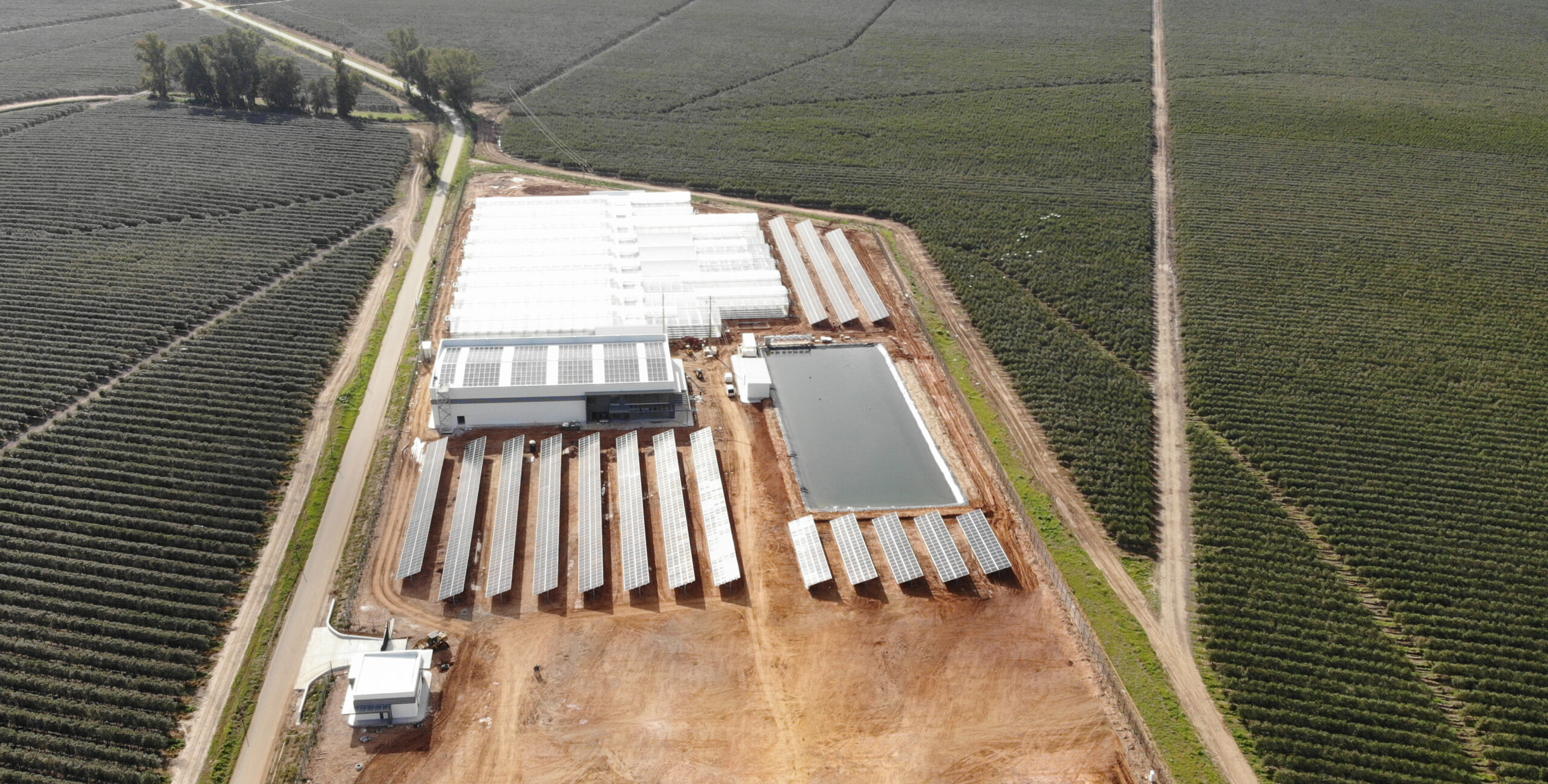As sustainability becomes a growing concern across numerous industries, the cannabis industry is no exception. Cannabis farming has received its fair share of scrutiny for the resources it requires and the waste it generates. Promoting circularity can be an effective path for sustainable cannabis farming by designing a system that maximizes the use of available resources and reduces waste.
Is it possible to cultivate cannabis in a circular way that benefits both the environment and the bottom line? Depending on the production system, different strategies might be used, and the results will not be the same. The traditional strategy in cannabis production for fiber or biomass as an extensive crop begins with the application of sustainable land management practices to limit the impact of land degradation associated with cultivation as well as the influence of climate change on farmland. Crop rotation, cover cropping, and the use of tillage to protect soil structure, decrease erosion, and conserve moisture are examples; composting and the use of integrated pest control strategies are also common.
There are many other practices that can be considered to influence the sustainability of a productive system, we’ll briefly describe some of the ones we’re working on, considering that we operate on an intensive, high tech horticultural system and the inputs and outputs differ very much from hemp cultivation.
Both the European Commission’s circular economy action plan, adopted in 2020 and the UN’s 2030 agenda for sustainable development list agricultural products as one of the essential product value chains to encourage circularity. The cannabis industry begins with a plant and is thus agriculture, where farmers and agronomists have employed organic and sustainable soil fertility inputs and used regenerative agricultural practices for centuries.
When we designed the productive unit at GreenBe Pharma, one of the things that we took into account was the reuse of wasted biomass, water, and nutrients, as well as the large amount of energy that would be required in the cannabis operation that we had in mind, which was the main concern for our engineering team.
We addressed this by employing various solutions based on resource management and a sustainable approach:
Biomass processing: Circularity in cannabis cultivation can be achieved by repurposing and reusing some of the waste generated, but there is a common misconception about upcycling plant material other than flowers in Cannabis. If you don’t use the biomass for extraction, It’s widely assumed that there’s nothing you can do with critical material (because to its THC concentration) other than destroy it in front of authorities, but the truth is that composting medicinal cannabis is possible. Stems, leaves, and discarded plant material are processed for composting in our own facility. To compost discarded cannabis plant material, we shred it into smaller pieces, create a compost pile with the right ratio of brown to green material, and turn the pile every few days while monitoring its moisture levels. After several weeks to a few months, the compost is again ready to be used as a nutrient-rich soil amendment for usage in our other nearby crops.
Heat and energy for the greenhouse: Pharmaceutical grade EU GMP Cannabis flowers require rigorous product standardization throughout the supply chain, and we use precision horticulture technology to ensure that we can offer a stable, consistent cannabis flower according to requirements at any time of year. Controlling any climatic component in the greenhouse demands a significant amount of energy in the summer to drop temperatures and in the winter to increase temperatures so that the plants can express their full potential at any time, even if you run your operation in Alentejo, a privileged area with ideal climatic conditions for agriculture that is characterized by a Mediterranean climate with hot, dry summers and mild, rainy winters. Our matrix group operates about 30.000 ha. of olives and almonds Worldwide and more than half of these are in Portugal, just by our side. We recycle tons of highly energetic olive pit and almond shell and hull biomass to operate the complex yet demanding heating system in our greenhouse, reducing the impact that other types of energy have in our balance.
Solar park: We have constructed an outstanding 1 MWp solar park with 1800 panels in our facilities to generate the electric power required for the processing GMP postharvest unit and to reduce heat and moisture in the greenhouse during the warmest weeks of the summer. We maintain a positive energy balance, which allows us to feed the surplus back into the system. This represents only a small amount in the strategy in using solar energy for the whole group, where we have developed a total capacity of 18 MWp in 84 different locations in the Iberian Peninsula.
Through our commitment to implementing circularity in our growing practices, we are taking bold steps towards minimizing waste, maximizing resource utilization, and protecting both the environment and our long-term viability.
Our pursuit of sustainability isn’t just a responsibility, it’s an opportunity to lead the way in innovation and create a positive impact on the world. We are not just producing the Cannabis flower that patients need, but we are also determined to become the most sustainable cannabis business in the world, paving the way for a better and brighter future for all.
#sustainability #circularity #innovation #positiveimpact #SustainableCannabis #CircularEconomy #ResourceManagement #GreenEnergy #InnovativeFarming
Go back